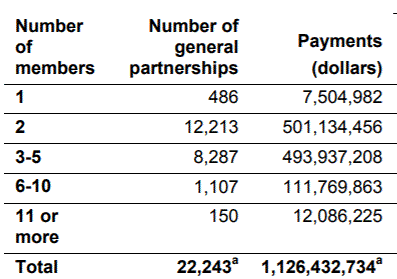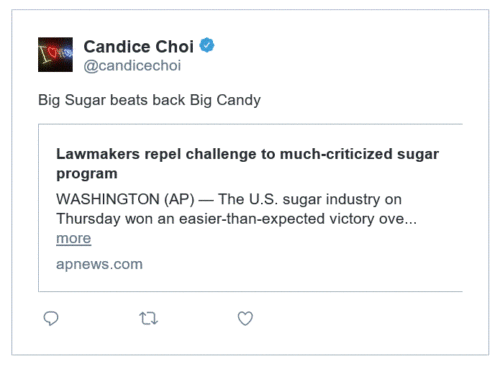Pork (the meat, not goodies in the farm bill)
One of the industry newsletters I read regularly is GlobalMeatNews.com, which occasionally collects articles on specific topics into “special editions.” This one is about pork.
Still the most-consumed meat in the world, the pork sector is shifting quickly with global markets opening for processors on a weekly basis. In this special newsletter, we look at the lucrative Chinese market that everyone is looking to break into, as well as work being done to tackle diseases in the pork sector.
- Canada heads to China to expand pork and beef exports: Canada is aiming to boost its position in the global meat market by initiating discussions with China in order to strengthen trading relationships and to pursue other opportunities across the agricultural sector… Read
- Chinese pig meat imports slow during first quarter: Chinese pig meat imports declined 10% compared with 2017 levels during the first quarter of this year… Read
- HKScan launches pork exports to China: Finnish processor HKScan has launched pork exports to China from its Forssa production unit… Read
- Access for US pork in Argentina takes a step closer: The US Department of Agriculture (USDA) and Argentina’s Ministry of Agro-Industry have finalised technical details for US pork to be imported into the South American country… Read
- University study finds growth link between pork and formula-fed infants: The University of Colorado has published a report that supports pork as an important source of protein in an infant’s diet when transitioning to solid foods… Read and see note below.
- Poland’s wall to tackle ASF should have been built four years ago, say meat experts: The Polish Government’s decision to build a 1,200-kilometre-long fence along the country’s eastern border, as a tool to fight African Swine Fever (ASF) by blocking the migration of infected wild boars, has been condemned as too little, too late by Poland’s meat sector… Read
- Supermarkets urged to end poor pig welfare in WAP campaign: World Animal Protection (WAP) has launched a global campaign calling on supermarket chains to source their pork from high-welfare farms… Read
A note on the pork study: it elicited a tirade in the New Food Economy about how so much of nutrition research is correlational and says little about causation. The writer singles out the pork study as one of three examples of possible misuse of statistics.
Feeding infants puréed pork and increased body length? Trick question. P = 0.001—so something really seems to be happening. But does greater body length in infants actually matter? We’ll let the scientists pursue this one on their own until they come up with something that’s not just statistically significant but meaningful…The point isn’t to prevent you from snacking on prunes and chocolate while you shovel puréed pork into the baby. Do it if you want to, and given the marvelous powers of the placebo effect, you’ll probably be happy you did. But stop treating studies like these as if they contain the truth.
The study, no surprise, was sponsored by NIH but also by the National Pork Board, among other industry groups. The Pork Board issued a press release: “New Study Finds Pureed Pork Supports Infant Growth.”







